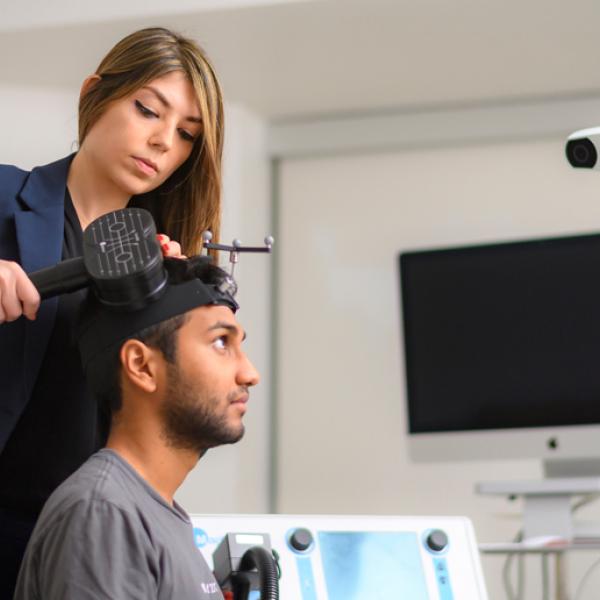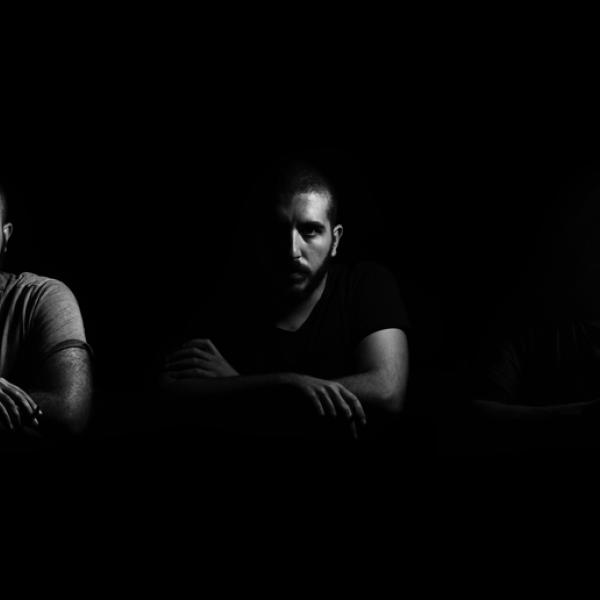As the Canadian population continues to age, bone and joint diseases are becoming more prevalent. And the repercussions of failing to prevent and treat them properly can be dire since the effects of the diseases make older people more vulnerable to broken bones, and they may not heal as readily.
“These fractures are not the same as when a 15-year-old falls off his bike and breaks his wrist,” says Steven Boyd, who is a professor of biomedical engineering at the University of Calgary. “It’s often a hip fracture that usually, unfortunately, means that person will die within a couple of years. It has a huge cascading effect. A fragile person can’t afford a fracture like that, and they don’t heal well from it. Prevention is really critical to that person’s health.”
Which is where the Centre for Mobility and Joint Health (affectionately shortened to MOJO), a new facility at the University of Calgary, comes in. It uses state-of-the-art equipment — a combination of which cannot be found anywhere else in the world — to examine bone and joint health at levels that have never before been possible. Advanced imaging technology, like CT and MRI machines, allow for earlier diagnosis and more accurate treatment, while mobility assessment tools can measure how a person moves in precise detail. The facility also uses biomarkers to measure proteins in the blood and urine that are linked with musculoskeletal diseases.
It’s a powerful addition to the McCaig Institute for Bone and Joint Health on the university’s Foothills Campus. For more than 20 years, the Institute has brought together a variety of researchers — from basic scientists to clinicians to engineers — in pursuit of long-term solutions to diseases, injuries and mobility restrictions stemming from the bones and joints. What it historically lacked, however, was a physical space that would allow all of the Institute’s research to be conducted under one roof. “We didn’t have facilities where we could do trials and research involving people,” says Boyd who is the Institute’s director. “That was what was needed to see whether new treatments or interventions were effective.” Without that, clients and research subjects are forced to juggle appointments at multiple facilities all over town — a logistical problem that Boyd calls “pretty much impossible” to manage efficiently. “By bringing together the imaging, biomarkers, and motion assessment,” Boyd says, “we’ve got a comprehensive approach.”
Much of the work done at MOJO centres on the three main diseases associated with bone and joint health: osteoarthritis, osteoporosis and rheumatoid arthritis. According to the Arthritis Society, more than three million Canadians are affected by osteoarthritis. Meanwhile, it is estimated that one in five Canadian men aged 55 and up will suffer an osteoporotic fracture in his lifetime; for women, it’s one in three. None of these diseases has a cure.
Boyd hopes that MOJO’s work will help improve all kinds of health outcomes, from more accurate diagnoses and treatment plans to preventing bone and joint problems before they start.





